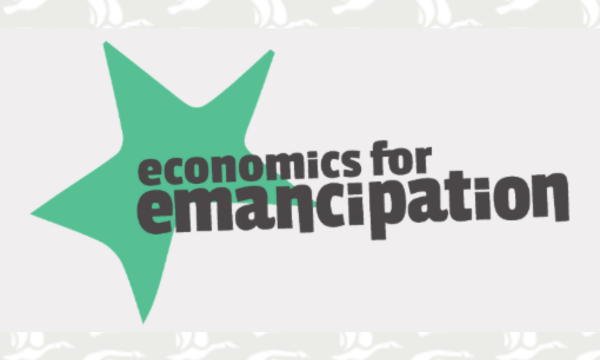The gap between the rich and the poor in Canada has widened dramatically over the last two decades and the depth and duration of poverty has increased. Children, women, lone parents, older adults, recent immigrants and racialized groups are all disproportionately affected. Increasingly governments at all levels are beginning to develop policies and look for strategies to reduce poverty.
Community Economic Development (CED) is an approach that is working effectively to reduce poverty in many different communities across the country. CED is proven to build wealth, create jobs, foster innovation and productivity, and improve social well-being. Through holistic, participatory development, CED enables communities to reduce poverty and become attractive places to live and work.
The Canadian Community Economic Development Network (CCEDNet) is a national, member-driven organization representing hundreds of CED organizations and practitioners across Canada. CCEDNet promotes CED as an economic development model that integrates social, economic and environmental goals that build wealth and reduce poverty.
CCEDNet‘s Place-Based Poverty Reduction initiative brought together four partner organizations from diverse communities to document and promote innovative locally-based CED approaches to poverty reduction and the quantitative and qualitative methodologies that assess the impact of this work on the lives of individuals and their communities. It also brought together a broader learning network of individuals and organizations across the country to inform and share this work. Finally, the effective poverty-reduction strategies, practices and tools of CED organizations explored in the initiative are being disseminated at CCEDNet‘s national conference, as well as through regional events and web- based tools.
The core communities we worked with were diverse – urban and rural, northern and southern, Anglophone and Francophone, immigrant and Aboriginal, eastern and western. Although they are all very different they all face high levels of poverty.
Similarly, our four partner organizations, which are also very different in size and scope, share many similarities. Working with their local communities at a grassroots level, they all use a CED approach to create economic opportunities and improve social conditions, particularly for those who are most disadvantaged. They are working from the premise that poverty results from multiple, complex, inter- related factors, that require comprehensive, holistic, integrated approaches to address both individual and broader community needs. The included logic models (see Appendix 3) of each organization capture the comprehensiveness of their multiple programs, services and supports and reflect their holistic approaches.
As CED practitioners work, they observe improvements in the lives of those in poverty as they generate business or employment income, reduce dependence on social assistance and improve mental and physical health. In evaluating these impacts our partner organizations, like others, use testimonials as a way of describing their impacts qualitatively. A selection of these is included in the report.
One of the main objectives of this Place-Based Poverty Reduction initiative was to demonstrate methods of measuring and illustrating the quantifiable impacts of CED approaches on reducing poverty. Each partner used one of several approaches to measure impacts on a selected group of constituents in their programs. These approaches include Social Return on Investment metrics; estimates of saved costs in government assistance, health services, and incarceration; the Sustainable Livelihoods Model; and measures of Value Added. These approaches produce clear numeric impact statements that demonstrate the effects of their work in reducing poverty. Our partners are equally clear about the benefits and many challenges associated with each approach. They also acknowledge that the process of evaluation can have a substantial effect on the way programs and services are delivered.
In this report, CED organizations will find several approaches from which they can adapt the methodology and tools they need to illustrate the impact of their work.
While there are many challenges in evaluating impacts of CED in poverty reduction, even more challenging are the barriers to the work itself. Our four partners, together with members of the broader Learning Network, described a wide range of challenges and barriers they and their communities face. These can be categorized as:
- personal barriers faced by individuals (e.g. self-esteem, ageism)
- policy related barriers faced by individuals (e.g. access to programs, lack of childcare)
- policy related barriers faced by the organization in service delivery (program silos, core funding, cookie cutter programming)
- community wide barriers (high unemployment, poor housing)
The policy priorities that came out of the Learning Network analysis are very much in line with CCEDNet‘s Communities Agenda (available at www.ccednet-rcdec.ca). These relate to each of the categories mentioned above and have implications for all levels of government. Highlights include income support and labour market policies that directly affect individuals – such as living wages and support in transitioning from assistance to employment, as well as policies that affect CED organizations in their poverty reduction work such as setting targets for poverty reduction and ensuring CED strategies for poverty reduction are supported.




